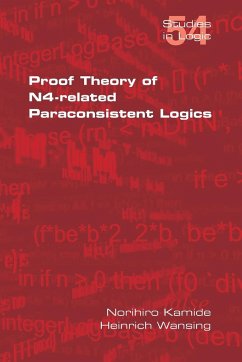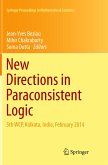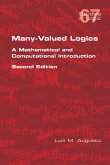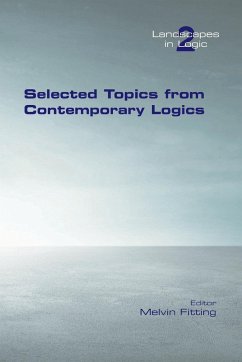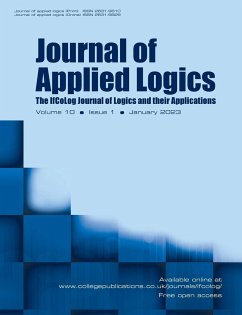The present book is the first monograph ever with a central focus on the proof theory of paraconsistent logics in the vicinity of the four-valued, constructive paraconsistent logic N4 by David Nelson. The volume brings together a number of papers the authors have written separately or jointly on various systems of inconsistency-tolerant logic. The material covers the structural proof theory of ¿ N4, ¿ its fragments, including first-degree entailment logic, ¿ related logics, such as trilattice logics, connexive systems, systems of symmetric and dual paraconsistent logic, and variations of bi-intuitionistic logic, ¿ paraconsistent temporal logics, ¿ substructural subsystems of N4, such as paraconsistent intuitionistic linear logics, paraconsistent logics based on involutive quantales, and paraconsistent Lambek logics. Although the proof-theory of N4 and N4-related logics is the central theme of the present monograph, models and model-theoretic semantics also play an important role in the presentation. The relational, Kripke-style models that are dealt with provide a motivating and intuitively appealing insight into the logics with respect to which they are shown to be sound and complete. Nevertheless, the emphasis is on Gentzen-style proof systems -in particular sequent calculi of a standard and less standard kind- for paraconsistent logics, and cut-elimination and its consequences are a central topic throughout. A unifying element of the presentation is the repeated application of embedding theorems in order to transfer results from other logics such as intuitionistic logic to the paraconsistent case.

